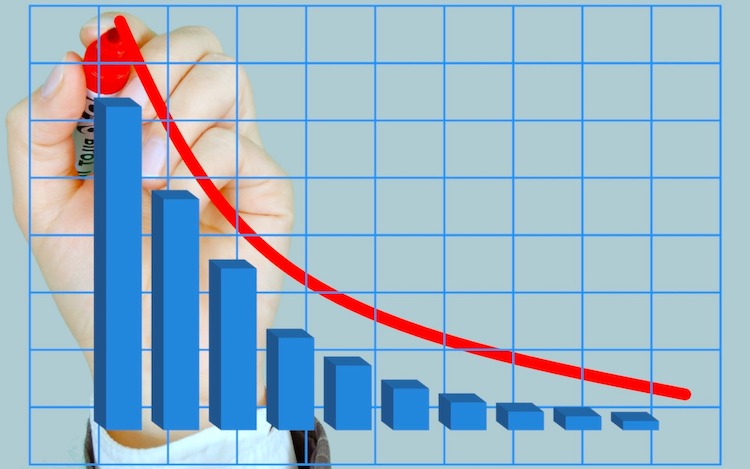The yield curve is a crucial tool in the arsenal of fixed-income investors, offering insights into the relationship between bond yields and their respective maturities. By analyzing the yield curve’s shape and movements, investors can develop strategies to capitalize on changing market conditions and optimize portfolio performance.
READ ALSO:
- Best Business Phone Plans: Streamlining Communication for Success
- Unlocking the Age Factor: When Do Car Insurance Premiums Go Down? | Expert Insights
- White Sands Insurance In 2024: All You Need To Know
- Best Web Marketing Companies: Boost Your Online Presence and Skyrocket Your Business
- Car Insurance After DWI: Getting Back on the Road
Deciphering the Yield Curve: A Roadmap for Investors
The yield curve typically slopes upward, reflecting higher yields for longer-term bonds. However, it can exhibit various shapes, including steep, flat, or inverted curves, each carrying distinct implications for investors. Understanding these nuances is essential for crafting effective investment strategies
Strategies for Riding the Yield Curve
a. Steepening Yield Curve Plays: In anticipation of increasing long-term yields relative to short-term yields, investors may favor longer-duration bonds or sectors poised for growth. This strategy seeks to capitalize on economic expansion and rising interest rates. b. Flattening Yield Curve Strategies: When the yield curve flattens, signaling potential economic slowdown, investors may shift towards shorter-duration bonds or defensive sectors to safeguard capital. This approach aims to mitigate risk amid market uncertainty. c. Inversion Insights: In rare instances when the yield curve inverts, with short-term yields surpassing long-term yields, investors should proceed cautiously. Safe-haven assets like Treasuries may become attractive as investors seek protection against impending economic downturns. d. Duration Management: Dynamic management of portfolio duration allows investors to adjust exposure to yield curve movements. By strategically allocating to different maturities, investors can optimize risk-adjusted returns while adapting to evolving market conditions.
Risks and Considerations
While riding the yield curve offers opportunities for enhanced returns, it also entails inherent risks. Interest rate fluctuations, credit risk, and macroeconomic factors can impact bond prices and yields, necessitating diligent risk management and diversification to mitigate potential downsides.
The Quest for Yield in a Low-Rate Environment
In today’s low-interest-rate environment, investors face the challenge of generating meaningful income while preserving capital. Riding the yield curve requires a balanced approach, combining yield-seeking strategies with risk mitigation techniques to optimize portfolio performance and meet long-term financial objectives.
Conclusion: Mastering the Art of Riding the Yield Curve
Mastering the art of riding the yield curve demands a comprehensive understanding of market dynamics and a disciplined investment approach. By leveraging insights from the yield curve and implementing tailored strategies, investors can navigate the fixed-income landscape with confidence, maximizing returns while managing risk effectively.
The Strategy Explained
Investors who ride the yield curve buy bonds with maturities longer than their investment horizon. They aim to sell these bonds at a higher price as the bonds approach maturity and their yields decline.
When to Use This Strategy
This strategy works best in a stable or declining interest rate environment where long-term interest rates are higher than short-term rates.
Potential Advantages
- Capital Gains: Investors can potentially achieve capital gains as bond prices increase when yields decline.
- Interest Income: Investors still earn interest income from the bonds during the holding period.
Risks Involved
- Interest Rate Risk: If interest rates rise, the value of the bonds may decrease.
- Market Risk: Changes in the market’s perception of the bonds can affect their price.
How to Implement the Strategy
- Assess the Current Yield Curve: Determine if the current environment is conducive to this strategy.
- Select Appropriate Bonds: Choose bonds with the right balance of yield and maturity.
- Monitor Interest Rates: Keep an eye on interest rate movements to time the sale of the bonds.
Conclusion:
Riding the yield curve is both an art and a science, requiring investors to stay informed, adaptable, and proactive in response to changing market conditions. With a thorough understanding of the yield curve’s nuances and strategic implementation of investment approaches, investors can unlock the potential for enhanced portfolio performance and long-term financial success.
